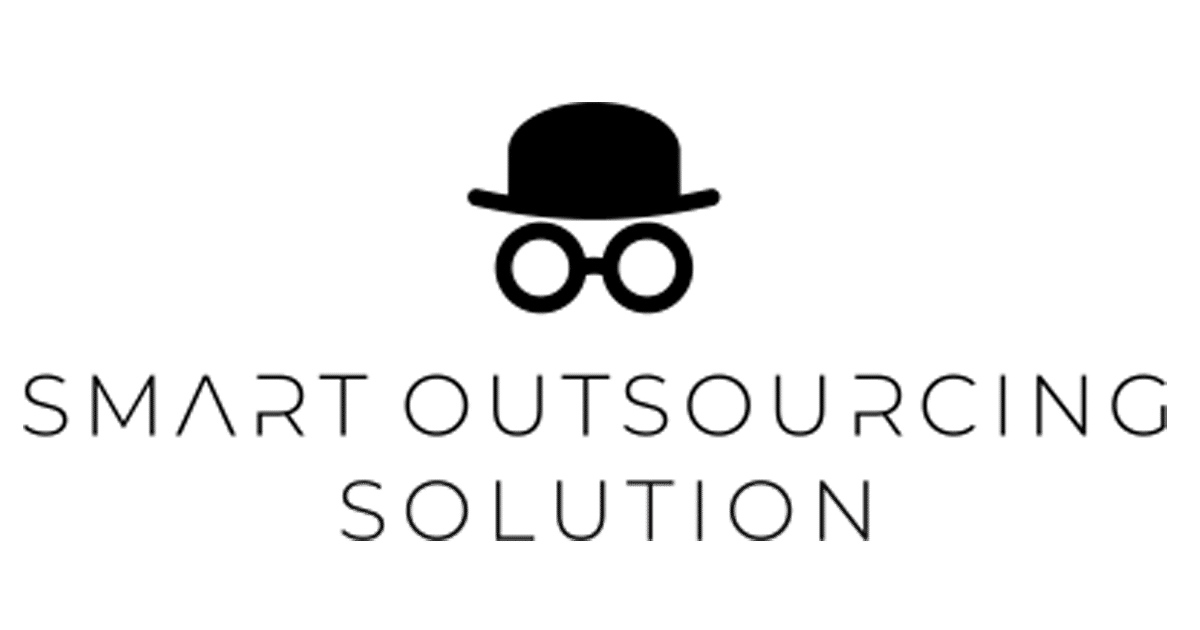🌍 EOR vs PEO vs Entity Setup: Choosing the Right Global Employment Model for Your Business
Date updated: October 10, 2025
TLDR ⚡
Hiring internationally is complex, especially when it comes to local legal entities. Quick overview:
-
EOR: Provider handles entity setup, payroll, compliance, benefits. Fast, turnkey solution.
-
PEO: Requires existing entity, shares HR responsibilities.
-
Entity Setup: Full control, longer timelines, higher initial cost.
💡 Book a consultation with us to find the fastest and most compliant global hiring model.
Why Choosing the Right Model Matters
Hiring staff abroad involves more than payroll. Legal compliance, statutory benefits, contracts, and entity setup are critical. Choosing the right model—EOR, PEO, or entity setup—affects speed, cost, risk, and long-term operational control. This guide helps you make informed decisions for your business expansion.
Understanding the Models
-
Legal employer for your staff abroad
-
Handles entity setup, payroll, benefits, contracts, and compliance
-
Ideal for businesses without a local entity, seeking speed and simplicity
Professional Employer Organization (PEO) ⚖️
-
Co-employment model: shared HR responsibilities
-
Requires a pre-existing local entity
-
Best for outsourcing HR while retaining entity control
Entity Setup (Local Company Formation) 🏢
-
You establish your own legal entity
-
Full control over employment, payroll, and compliance
-
Higher upfront costs, longer setup, requires legal expertise
Other overlapping terms: Global Employer of Record, HR Outsourcing, Co-Employment Provider
Is EOR legal vs PEO/entity in the Philippines?
Yes—EOR is lawful in the Philippines when the provider is the legal employer, issues Philippine-law employment contracts, and handles payroll and statutory obligations (SSS, PhilHealth, Pag-IBIG, 13th-month, taxes) with DOLE-aligned policies. A PEO (co-employment) model is uncommon in PH because local rules expect a single legal employer of record. A wholly owned entity is also compliant but requires setup time, capital, registrations, and ongoing governance.
When EOR fits best
• You need to hire quickly in PH without forming an entity
• You want the EOR to be the legal employer handling payroll/statutory filings
• You need standardized, DOLE-aligned contracts and HR policies
When PEO/entity may be required
• You must hold employer status in your company’s name (e.g., tenders, certain licenses)
• You need direct control over specialized benefits/programs restricted to entities
• You’re scaling a large PH team and can justify entity overhead
Learn more about legality
• Is EOR legal in the Philippines?
Key Considerations
-
Entity Requirement: Need a local entity or provider sets it up?
-
Speed to Hire: EOR: 1–2 weeks; PEO: 3–4 weeks; entity setup: 1–3 months
-
Compliance & Risk: EOR ensures compliance; entity setup needs in-house expertise
-
Control vs Convenience: Entity setup = full control; EOR = convenience; PEO = intermediate
Eligibility matrix: when EOR is OK vs not (Philippines)
Use this matrix to choose between EOR, your own entity, or “not suitable” for EOR.
Scenario • EOR OK? • Why • Alternative/Notes
Hire 1–50 staff fast without PH entity • Yes • Legal employer = EOR; fastest onboarding, low fixed fee ($190/employee/month) • Consider entity if headcount and permanence justify it
Convert long-term contractors to employees • Yes • Reduces misclassification risk; DOLE-aligned contracts and benefits • Review IP/DP clauses during conversion
Multi-country team with single vendor • Yes • Consolidated ops; local compliance handled per country • Confirm PH-specific nuances are enforced
Roles requiring your company to be the legal employer (e.g., certain regulated bids) • No for EOR • Counterparty requires employer to be your entity • Form a PH entity or use BOT (build-operate-transfer)
Need to sponsor visas/work permits with employer as your company • Usually No • Sponsorship often tied to the legal employer name • Entity route recommended
Sector-specific licenses tied to employer-of-record name • Usually No • License/permit requires the hiring company to be employer • Entity route; confirm with counsel
Complex equity/ESOP administration under your cap table • Sometimes • Feasible via contract; cleaner under your entity • Evaluate tax/treaty/withholding; entity preferred at scale
Strict data residency or on-prem constraints • Sometimes • Depends on provider controls and client stack • Add contractual/data controls; entity if mandatory
Custom benefits outside standard EOR packages • Sometimes • EOR can implement, but cost/administration may increase • Entity gives full customization if needed
Also see
• Who are the best EOR providers in the Philippines this 2025?
• IP & Data Protection checklist
• Hiring in the Philippines — EOR Guide — /resource/hiring-in-the-philippines-eor-guide/
Cost & Transparency
| Model | Cost Structure | Hidden Fees Risk | Entity Setup Included |
|---|---|---|---|
| EOR | Flat monthly fee per employee | Low | ✅ Yes, full setup included |
| PEO | % of payroll | Medium | ❌ Client must have entity |
| Entity Setup | One-time registration + ongoing costs | Medium | ✅ Owned by client |
Tip: Confirm with providers what entity setup covers: registration, tax filings, benefits, compliance, payroll integration.
Detailed Comparison Table
| Feature | EOR | PEO | Entity Setup |
|---|---|---|---|
| Entity setup included | ✅ Full provider-handled | ❌ Client must provide | ✅ Client-owned |
| Legal employer | EOR | Shared | Your company |
| Compliance management | ✅ Full local compliance | Shared | Client responsibility |
| Payroll & benefits | ✅ Managed | Shared | Client-managed |
| Speed to hire | 1–2 weeks | 3–4 weeks | 1–3 months |
| Control | Medium | Medium-High | Full |
| Best for | Fast expansion without entity | HR outsourcing with existing entity | Long-term presence & control |
| Common overlapping terms | Global EOR, HR outsourcing | Co-employment, HR partner | Local company setup, international subsidiary |
Checklist: Questions to Ask Providers
-
Do you provide entity setup in my target country?
-
What exactly is included (registration, statutory filings, payroll, benefits)?
-
How quickly can employees be onboarded?
-
How is compliance managed and monitored?
-
What are your fees and are there hidden costs?
-
Can I transition to my own entity later?
FAQs
1. What is the difference between EOR, PEO, and entity setup?
EORs act as the legal employer, handling entity setup, payroll, compliance, and benefits. PEOs require an existing entity and co-manage HR. Entity setup gives your company full control of legal employment, compliance, and payroll, but takes longer and needs local legal and administrative expertise.
2. Can I switch from an EOR to my own entity later?
Yes. Many companies start with an EOR for speed and compliance. Once your local entity is ready, employees can be transferred seamlessly, including payroll, contracts, and statutory benefits, ensuring continuity while maintaining full compliance with local laws.
3. How long does it take to hire staff internationally?
EORs onboard in 1–2 weeks, as they manage entity setup and compliance. PEOs require 3–4 weeks due to reliance on your existing entity. Establishing your own legal entity may take 1–3 months depending on local regulatory and administrative requirements.
4. Which model is more cost-effective?
EORs save upfront costs, as entity setup and compliance are included in a flat fee. PEOs are cost-efficient if you already have a local entity. Entity setup requires higher initial investment but may be cheaper long-term if you plan sustained operations in the country.
5. Do all EORs provide entity setup?
No. Some EORs only manage payroll and contracts. Confirm that entity setup includes company registration, tax filings, benefits setup, employment contracts, and compliance monitoring before engaging with a provider.
6. When should I use a staffing agency instead of an EOR?
Staffing agencies suit short-term projects, temporary roles, or contract work. They do not provide entity setup, long-term payroll, or compliance support, making them unsuitable for permanent international hires.
7. Can payroll outsourcing replace an EOR?
No. Payroll outsourcing only manages salaries, taxes, and filings. It does not handle entity setup, legal employment, or compliance, leaving employment risks on your company.
8. Which countries can I hire in using an EOR?
EORs typically cover regions including the UK, US, Australia, UAE, Singapore, Norway, Sweden, and the Philippines. Verify coverage to ensure entity setup, payroll, and compliance support in your target markets.
Conclusion
Choosing the right global employment model depends on speed, control, compliance, and entity needs:
-
EOR: Fast, compliant hiring without creating a local entity
-
PEO: Outsourced HR where you already have an entity
-
Entity Setup: Long-term control and local ownership
💡 Book a consultation with us today to identify the best solution for your international expansion.
About the Author
Phil Murphy is a founding partner of Smart Outsourcing Solution (SOS) and a seasoned expert in offshore staffing, employer of record (EOR) services, and remote team operations. With over three decades of experience in the BPO industry across Australia, the Philippines, and the UK, Phil has supported major brands such as Qantas and Telstra in building high-performing global teams. He advises startups, scale-ups, and established enterprises on staff leasing models, compliance risk, and workforce optimisation across Southeast Asia. Phil is a sought-after voice on topics such as EOR, AOR, and BOT models, and frequently shares insights on balancing operational efficiency with cultural alignment in distributed workforces.



